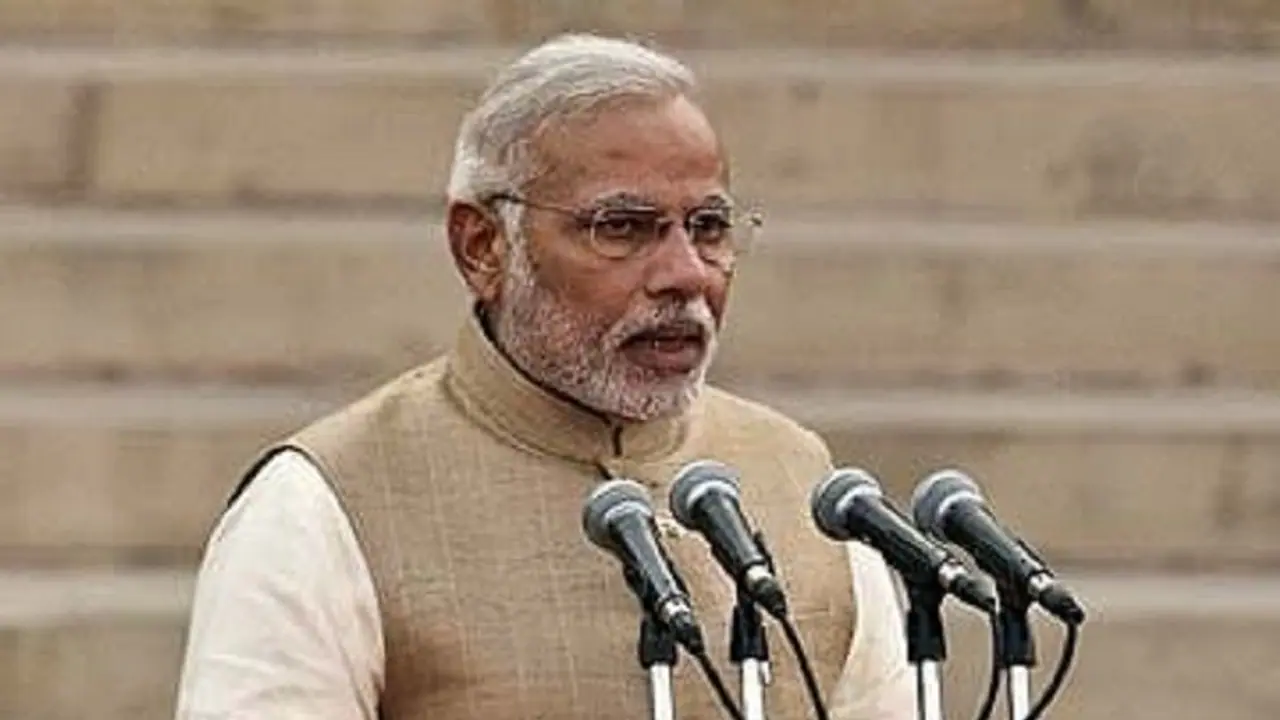Buoyed by a staggering mandate, Modi 2.0 will go for bold policies and legislation in the first 180 days to set the tone for a new India
The sign of a leader’s confidence is choosing the bold over the safe when one isn’t compelled to.
Narendra Modi first term was strewn with such decisions. One Rank One Pension, Demonetisation, Goods and Services Tax, National Register of Citizens, the triple talaq bill and many more. Decisions that often came with cyclonic political implications.
If that didn’t stop Modi in the first formative term, he will take the trawler much farther into the sea with this massive mandate that has demolished the old order and paved way for what Modi has come for: establishing a new, stronger India.
Also read: Modi and Muslims: Is the impossible happening?
With his swearing-in on Thursday, there are five bold things his government is likely to do in the first six to 12 months.
Time for a two-child policy
India’s population is touching 1.34 billion and its fertility rate is a high 2.33 births per woman. The US’s fertility rate is 1.80 and China’s at 1.62. At the current rate, India will cross China’s numbers by 2024 and become the most populous in the world, posing a huge health and resources challenge.
With that in mind, there is talk that the Modi government may soon introduce a two-child policy. There is ample precedence. China, Hong Kong, Singapore, Vietnam, the UK and even Iran have implemented it successfully, withdrawing benefits and subsidies from those who breached it.
In China, a one-child became a must for most couples in 1979. In October 2015, the state-run Xinhua reported a change in the law to a two-child policy to reverse the trend of an ageing population.
Under British governance, the Hong Kong Family Planning Association in the 1970s launched the ‘Two is Enough’ campaign to slow down a rising population. In Singapore, Lee Kuan Yew started a two-child policy called ‘Stop at Two’.
Vietnam’s policy of one or two children dates back 50 years.
Also read: Why 2024 elections will be much tougher than 2019 for Rahul Gandhi and Opposition
In the UK, the two-child policy rolled out from April 2017, which tax benefits withdrawn from the third child.
In Iran, from the early ’90s to 2006, authorities asked families not to plan more than two children. Ervand Abrahamian in the History of Modern Iran writes that the government “declared that Islam favoured families with only two children”.
An early sign of what is coming in India could be Baba Ramdev floating a debate around the two-child issue.
Ta ta Article 35A, hello Kashmiri Pandits
One of the first steps of Modi 2.0 on Kashmir could be revoking Article 35A that discriminates against Kashmiri women and workers settled there. It would most probably be done by an ordinance. It could also be withdrawn by a Presidential order, the same backdoor that first PM Jawaharlal Nehru had sneaked it through, bypassing Parliament.
Resettlement of Kashmiri Pandits in certain pockets may also pick up the pace with central rule in place through the governor.
Both are political bombs in the Valley. But with almost every population terrorist commander killed by forces and a diplomatically and financially torn Pakistan on the defensive after the Balakot airstrikes, Modi is unlikely to keep deferring this.
Unpacking a bag of education reforms
One of the biggest disappointments of the first five years of the Modi government is that it failed to bring a new National Education Policy or the National Curriculum Framework. Perhaps the PM was waiting for a more robust majority in Parliament to introduce and get passed radical changes in education.
A ‘distorted’ education and history, after all, is the Right’s chief grouse and battleground. It is unlikely to come with mere window dressings.
Widening NRC and Citizenship Bill net
The government is certain to widen the use of its finest weapon against the demographic takeover, the NRC. At present, it has only been implemented in Assam. It may soon start getting implemented in the NDA states, and eventually zoom in on its biggest target, Bengal, if the BJP manages to topple the Mamata government and come to power.
One can also expect rapid passing and implementation of the Citizen Amendment Bill. It “seeks to facilitate the acquisition of citizenship by six identified minority communities namely Hindus, Sikhs, Jains, Buddhists, Christians and Parsis from Afghanistan, Pakistan and Bangladesh who came to India before December 31, 2014”.
A nationwide job podium
The most stringent criticism of Modi’s first term has been on jobs. The Opposition, with bits and pieces of scrappy data, kept attacking the government, which sought to counter those charges with data that cannot be called clinching.
Perhaps keeping this experience in mind, sources say the government is planning some kind of a national ‘job podium’ which will integrate data from both the public and private sectors. While the contours of this are not known, it is likely to require both candidates and employers to update the government on new jobs and employee movements.
This platform may finally address the absence of credible and comprehensive job-related data in India and prevent narrative-building from thin air.
A caveat: Knowing Modi’s ability to surprise, this may prove too short a list.
